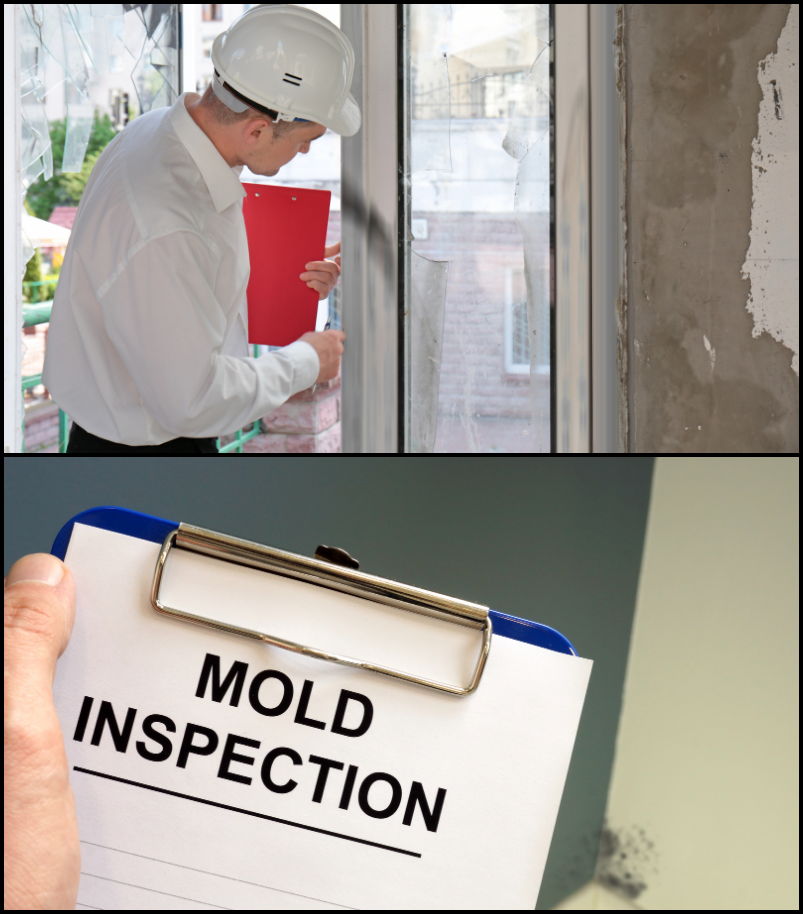Mold Testing in Huntington


The Importance of Mold Testing On Long Island
Professional Mold Inspection in Huntington
Residential
Commercial
Huntington, located on the North Shore of Suffolk County, Long Island, is a vibrant and historic town known for its cultural attractions, scenic waterfront, and bustling downtown. With a population of approximately 200,000, Huntington offers a mix of suburban living and urban convenience, making it one of the most desirable areas on Long Island. The town is characterized by its beautiful coastline along Long Island Sound, charming villages like Northport, and a thriving arts and dining scene. The local economy is diverse, supported by small businesses, retail stores, restaurants, and a growing tech and service industry. Huntington’s vibrant downtown is known for its upscale shops, art galleries, and a variety of eateries, contributing to its reputation as a cultural hub. The Paramount, a historic theater in downtown Huntington, hosts concerts and performances year-round, attracting visitors from across Long Island and beyond.
Huntington’s climate follows the typical Long Island pattern, with warm summers ideal for beach and outdoor activities, and cold winters, offering a cozy, small-town feel. The town boasts numerous parks and recreational areas, including the scenic Caumsett State Historic Park Preserve, with miles of trails for hiking, biking, and horseback riding. The Huntington Harbor provides opportunities for boating, fishing, and sailing, making it popular among maritime enthusiasts. Huntington is home to excellent schools and a strong sense of community, attracting families who appreciate the quality of education and family-friendly neighborhoods. The town is also known for hosting community events, such as summer concerts, arts festivals, and holiday parades, fostering a vibrant local spirit. With its beautiful waterfront views, cultural attractions, and convenient access to New York City via the Long Island Rail Road, Huntington offers a desirable mix of suburban tranquility and urban amenities. The town’s rich history, diverse economy, and strong community make it a sought-after destination for those looking to experience the best of Long Island living.
Our Mold Testing Services in Huntington
Our testing and inspection process includes the following steps:
Visual Mold Inspection:
Identifying any visible signs of mold growth.
Air Quality Testing:
Detecting mold spores in the air to assess indoor air quality.
Surface Testing:
Collecting samples from surfaces to confirm mold presence.
Moisture Mapping:
Pinpointing areas of potential water damage that may lead to mold growth.
Why Choose Long Island Mold Testing
Certified and Experienced
Local Experts
Fast & Reliable Service
Health-Focused Approach
FAQs
1. What is mold testing?
Mold testing involves inspecting a property for the presence of mold by collecting air or surface samples and analyzing them in a laboratory to determine if harmful mold is present and at what levels.
2. Why is mold testing important?
Mold testing helps identify hidden mold growth that can cause health issues, property damage, and decreased indoor air quality. It allows homeowners to take prompt action to remove mold and prevent further problems.
3. How do I know if I need mold testing?
If you notice visible mold, experience a musty odor, or suspect water damage (e.g., from flooding or leaks), mold testing is recommended. It’s also a good idea after purchasing a home, following major storms, or if household members experience unexplained health issues.
4. What types of mold are commonly found in homes?
Some common molds found in homes include Stachybotrys (black mold), Penicillium, Aspergillus, and Cladosporium. Testing can determine the specific types of mold present and assess the risks they may pose.
5. How is mold testing performed?
Mold testing typically involves collecting samples from the air, surfaces, or materials in your home. These samples are then analyzed in a lab to identify the types of mold present and their concentrations.
6. How long does mold testing take?
The actual testing process usually takes a few hours, but receiving lab results can take anywhere from 24 hours to a few days, depending on the type of testing and the laboratory used.
7. How much does mold testing cost?
The cost of mold testing varies depending on the size of the property, the extent of testing required, and the types of tests performed. Prices typically range from $300 to $600, but more comprehensive testing can cost more.
8. What should I do if mold is detected in my home?
If mold is found, you should contact a professional mold remediation company to safely remove it. It’s important to address the underlying cause of the mold (such as water leaks or high humidity) to prevent future growth.
9. Can I test for mold myself?
There are DIY mold testing kits available, but they may not be as reliable as professional testing. Professional mold inspectors are trained to locate hidden mold and provide more accurate assessments of the extent of the issue.
10. How can I prevent mold growth in my home?
To prevent mold growth, control indoor humidity levels, repair leaks promptly, ensure proper ventilation (especially in bathrooms and kitchens), and clean and dry areas affected by water damage as soon as possible.
11. Is all mold dangerous?
Not all mold is harmful, but certain types of mold can cause health issues, especially for individuals with allergies, asthma, or weakened immune systems. Professional testing can help determine if the mold in your home poses a risk.
12. How often should mold testing be done?
Mold testing should be done after water damage, if mold is visibly present, when moving into a new home, or if you notice unexplained health symptoms. Otherwise, periodic testing every few years can ensure your indoor air quality remains safe.